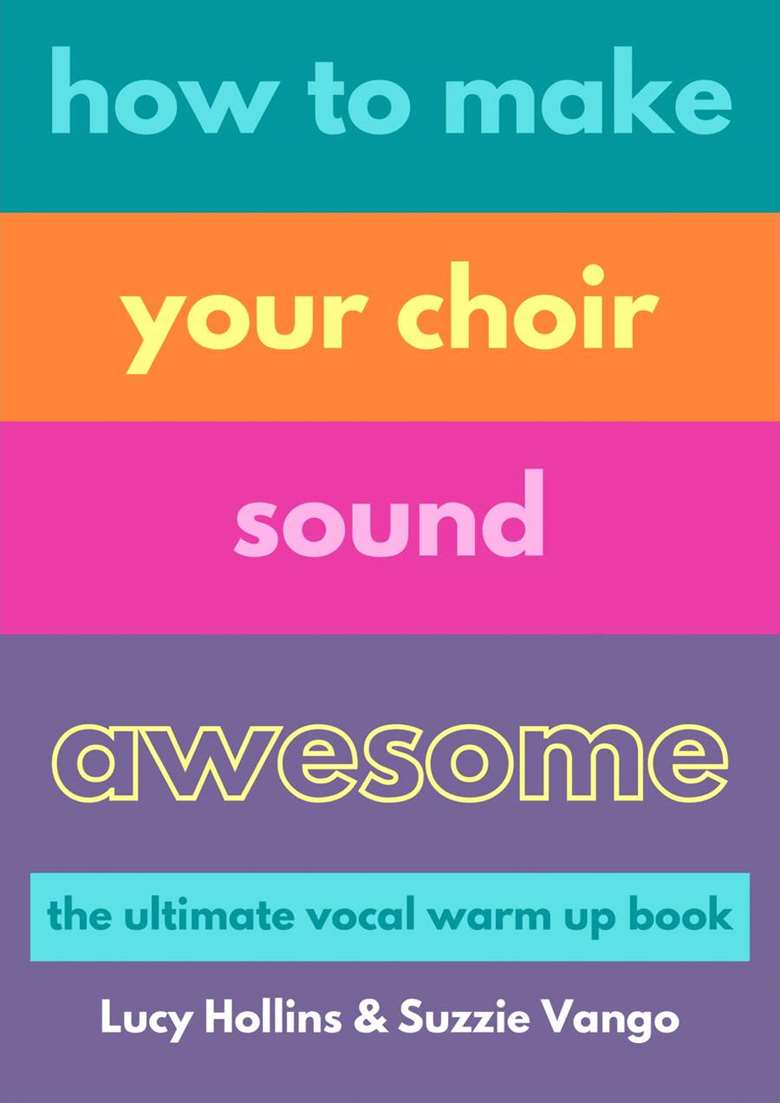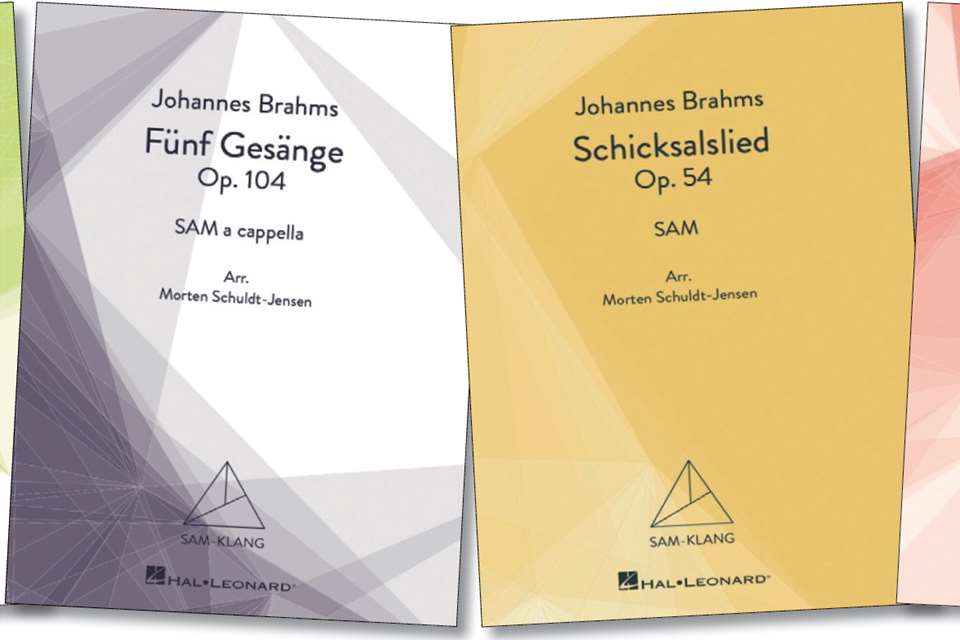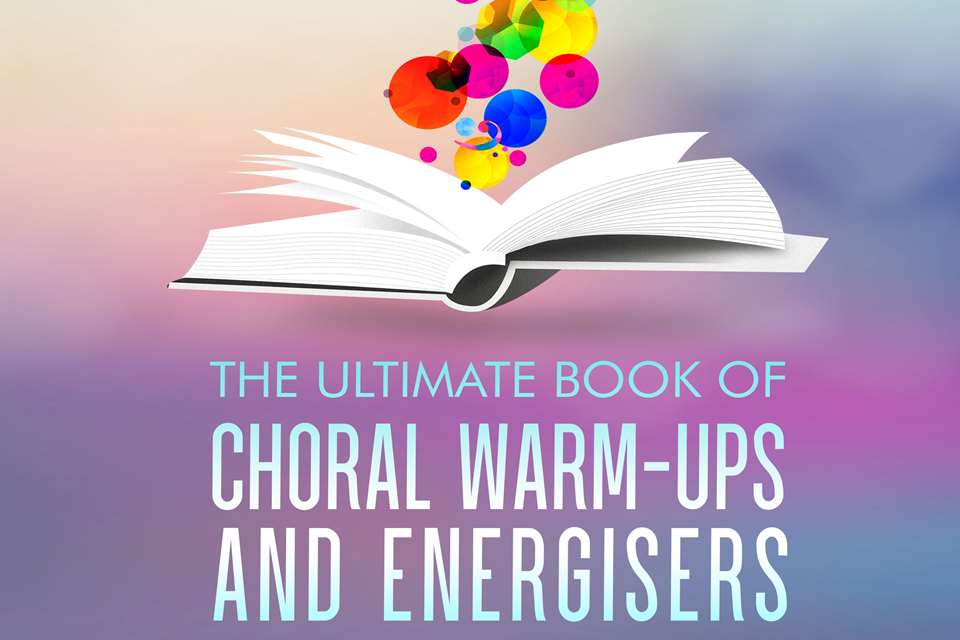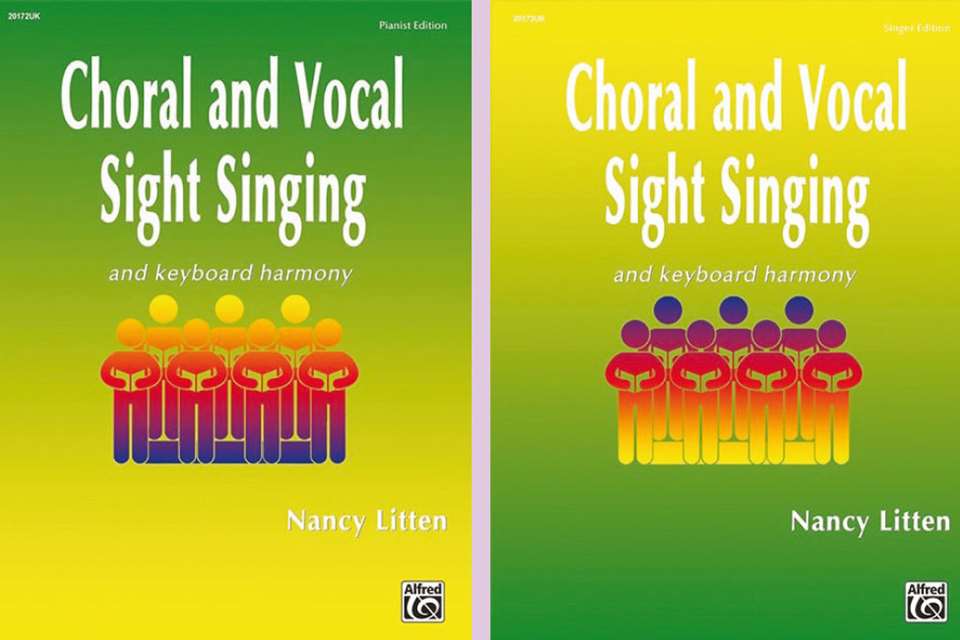Book reviews: How to make your choir sound awesome
Sara-Lois Cunningham
Friday, December 1, 2023
Sara-Lois Cunningham gives her take on the choral resource published by Banks Music Publications.

‘Warm-ups are an essential part of any rehearsal for singers’, say the authors of How to make your choir sound awesome: the ultimate vocal warm-up book, and conductors have ‘a responsibility to protect and nurture our singers’ vocal health’. They go on to explain that other benefits of warm-ups include providing ‘moments to gather focus, create a positive environment and boost camaraderie’.
The authors Lucy Hollins and Suzzie Vango share similar career paths, both starting out as singers then branching out into conducting youth and community choirs, as well as leading workshops. The well-known outfits they have worked with include the National Children's Choir of Great Britain, London Symphony Orchestra and the City of Birmingham Symphony Orchestra. Hollins was appointed creative director of the National Youth Choirs of Great Britain earlier this year.
With this swathe of experience between them, their book represents a body of tried-and-tested warm-ups and warm-up songs for choirs, some of which have been circulating from the beginning of time, others being rather less known or new. It sets out to be the choral conductor's companion for those new to leading choirs, providing the reasons behind every warm-up.
This volume immediately packs a punch with bright, bold colours on the cover to frame the lively title. Divided into several parts, The Flaps section is a prominent feature. It is colourfully and proudly presented in three blocks of mini pages, one set above the other, attached to the ring-binding. The headings of these mini books are Movement & Alignment, Breathing & Airflow, and Vocalising. Every page offers activities to stimulate the imagination and to set up the voice, body and mind ready for singing repertoire.
Brain workout exercises follow plus a set of songs in which singers and conductor have the opportunity to apply what has been learned so far. ‘It is one thing developing vocal technique in the context of exercises, but quite another incorporating them into repertoire’, say the authors.
The text has an informal style of delivery, and a sense of joy pervades. ‘We always advocate fun!’, say Hollins and Vango. It is easy to read and, importantly, careful heed has been paid to the language of today's singing teachers: for example, the use of the word ‘alignment’ rather than posture; and vocal ‘folds’ rather than vocal cords. One old-style word that has remained is ‘projection’, which can lead singers to shout or strain their voices.
There is a dedicated two-page section on Words We Use, which, although a great idea, has not been put to best use. Most of the terminology here would be understood by anyone leading a choir, such as ‘pulse’, ‘tempo’, ‘diction’ and ‘chord’; then the words ‘subglottic pressure’ appear, dipping into deeper technical and scientific territory, which this book isn't set up for.
The Piano Accompaniments section for vocal exercises in various keys is an unexpected bonus, giving the preparation chord for the modulations as they rise or descend by semitone. There are no chord symbols here, which could have made the accompaniments more accessible for those whose piano skills are more basic or aurally based. Conversely, the Chord Progression section, written for specific songs in the book, provides only chord symbols with no music notation. A marriage of the two approaches would have been ideal.
Of the 20 songs, 13 are photocopiable; some of the material is familiar from the Sing Up project and elsewhere. ‘Great Day’ is a super energiser and great for encouraging listening skills. ‘Mary Mack’ is an arrangement layering five Scottish songs, including the gorgeous Gaelic ‘The boatman’. There are other traditional songs from South Africa, Senegal, Finland, America and Australia. The vocal range is medium-high to low, which is well gauged for community and youth choirs.
My main reservation with this publication is the way The Flaps section is set up. In their preface, the authors say you should begin your session with Movement & Alignment, then move on to Breathing & Airflow, and then Vocalising. It is difficult to understand why they have then chosen to present The Flaps in parallel mini pages, which makes the navigation more difficult. The use of ring binding creates the likelihood that, after a few months of heavy use, a mangled binding will lead to pages cutting loose and falling free. However, the sturdy cover pages go some way to mitigate this.
What else would improve this book? An accompanying CD or sound files would be marvellous, widening its scope and appeal to non-specialist teachers. But, all said, this is a cracking book which exudes energy and sound advice.





